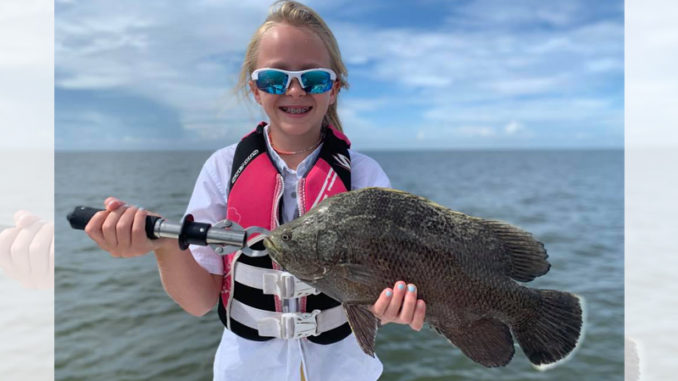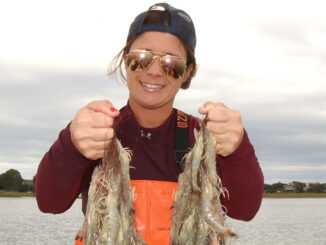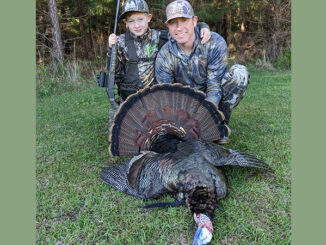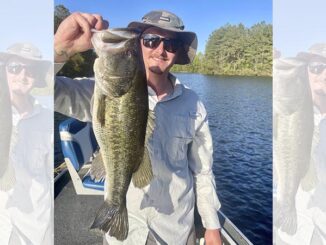
Georgetown anglers target tasty floaters
Most inshore anglers beat the shorelines and oyster beds for a limit of speckled trout, reds and flounder through the summer. But very few anglers target the best-eating and hardest-fighting fish roaming inshore waters. And that’s the feisty tripletail.
While most anglers think of tripletails as a delicacy caught up and down Florida’s coast, North Carolina and South Carolina anglers can target them all summer and expect to take home a few fish every trip. And when the heat peaks, the tripletail action gets really hot.
Jordan Pate of Carolina Guide Service out of Pawley’s Island, said tripletail can make an inshore trip, even if redfish, flounder, specks and tarpon aren’t biting.
“Not many people around (in the Carolinas) target tripletail. But we have plenty of them that show up each year,” said Pate (843-814-7900). “I start seeing them in May, and we catch them all summer.”
Look for tripletail near the surface, floating sideways
Tripletail are generally found near inlets and around structure just inside estuaries. Pate has caught them on both rising and falling tides. But his preference is an incoming tide.
“We sight-fish for tripletail, and we need clean water to see them near the surface. That makes the rise better,” he said.
Tripletail like to eat the same things that speckled trout and redfish do. But they have a different foraging style. They are inherently lazy and will float around on their sides, drifting in the current, or they will belly up next to an old crab pot buoy.
“We generally will see them right in a rip near the ocean. And when you see one, we usually will see several others moving in the same rip a few minutes later,” Pate said.
Tripletail like to lie motionless on their sides at the surface, near other bits of floating debris. Small crabs, shrimp and baitfish gravitate to debris for protection from predators. The tripletail takes advantage of this and gets an easy meal when the food swims right to them.
Tripletails eat constantly
Fortunately for anglers, tripletails grow very quickly. So they have to feed heavily all summer to fuel their metabolism. Pate uses live shrimp, live minnows and an entire gamut of artificials.
“We like to use the 3-inch D.O.A. shrimp that doesn’t sink too fast and can be fished right in front of them,” he said.
If baits are presented in the right spot, anglers can easily hook a tripletail in a hurry. But they can also be spooky, and making accurate casts is critical.
“We will cast right past a cruising fish and pull the bait to them, but this spooks them a lot,” he said. “So we like to place the bait right in front of them; they will usually eat it right away.”
Tripletail feed primarily by scent. They can smell their prey when it comes in close, and they gobble it up when they turn right side up when the bait is visible.
While Pate prefers to use D.O.A. shrimp, he will also free-line a live shrimp or small minnow in front of the fish. Many of the tripletail his customers bring home to the cleaning table will have a belly full of shrimp, crabs and a wide variety of baitfish.
Some of Pate’s customers come prepared with 8-weight fly rods for redfish, and the soft presentation of a small shrimp pattern can be deadly on a tripletail.
“There is definitely an art to catching tripletail anywhere in their range,” he said. “but an accurate cast with the right bait can coax these fish into eating anytime.”




